Poor physics student Marie is studying at the Sorbonne in 1890s Paris. One of the few women studying in her field, Marie encounters skepticism concerning her abilities, but is eventually […]
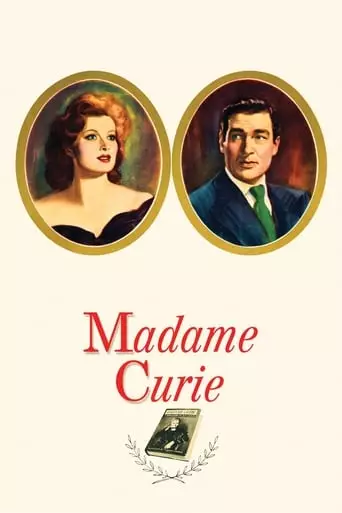
Poor physics student Marie is studying at the Sorbonne in 1890s Paris. One of the few women studying in her field, Marie encounters skepticism concerning her abilities, but is eventually […]
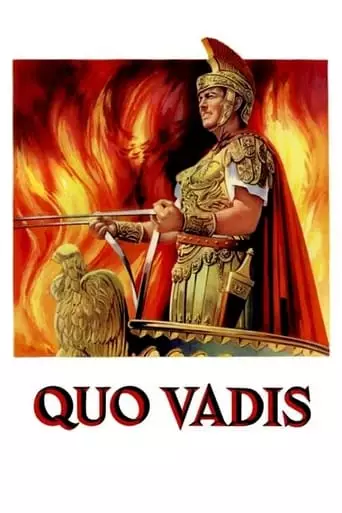
After fierce Roman commander Marcus Vinicius becomes infatuated with beautiful Christian hostage Lygia, he begins to question the tyrannical leadership of the despotic emperor Nero.
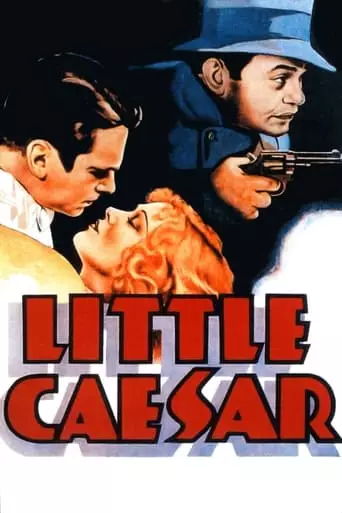
A small-time hood shoots his way to the top, but how long can he stay there?
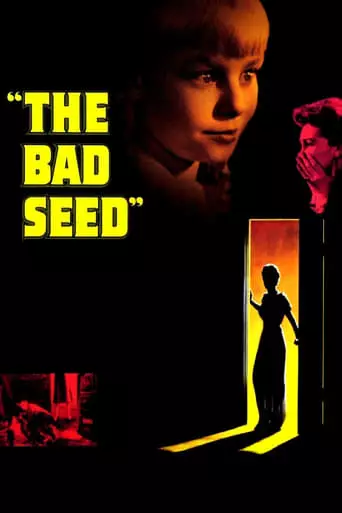
Air Force Colonel Kenneth Penmark and his wife, Christine, dote on their daughter, Rhoda — as does their lonely landlady, Monica Breedlove. But self-centered Rhoda has a secret tendency for […]
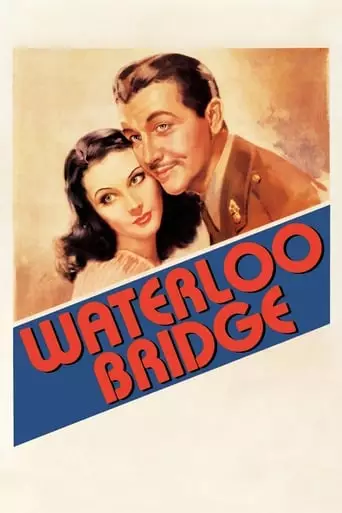
On the eve of World War II, a British officer revisits Waterloo Bridge and recalls the young man he was at the beginning of World War I and the young […]
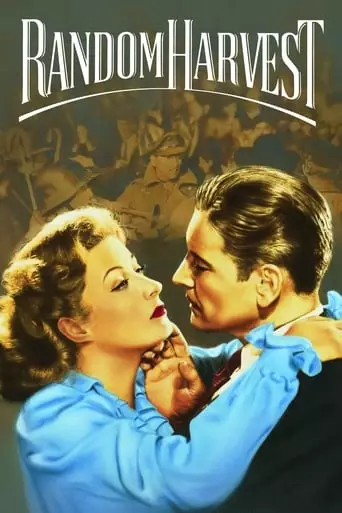
An amnesiac World War I vet falls in love with a music hall star, only to suffer an accident which restores his original memories but erases his post-War life.

Mr. Roberts is as an officer who’s yearning for battle but is stuck in the backwaters of World War II on a non-commissioned Navy ship run by the bullying Captain […]

A World War I veteran’s dreams of becoming a master architect evaporate in the cold light of economic realities. Things get even worse when he’s falsely convicted of a crime […]
Mervyn LeRoy: The Versatile Architect of Classic Hollywood
Mervyn LeRoy, a prolific director and producer, was one of the foundational figures of Hollywood’s Golden Age. His career spanned nearly five decades, during which he contributed to some of the most iconic films of the 20th century. Known for his versatility and knack for storytelling, LeRoy shaped the evolution of cinema by embracing a wide range of genres, from gritty dramas to lavish musicals.
Early Life and Entry into Hollywood
Born on October 15, 1900, in San Francisco, Mervyn LeRoy grew up in a family struggling with financial difficulties. After the devastating 1906 earthquake, LeRoy took on odd jobs to support his family, eventually finding work as a stage performer and vaudevillian.
LeRoy entered the film industry in the silent era, initially working as a costume salesman and a gag writer for comedies. His early collaborations with comedian Harold Lloyd helped him transition to directing, and by the late 1920s, he had established himself as a director of note.
Breakthrough with Gritty Realism
LeRoy’s career took off in the 1930s with a series of films that tackled social issues and explored human struggles. One of his most significant early successes was Little Caesar (1931), a groundbreaking gangster film starring Edward G. Robinson. The film’s gritty portrayal of crime and its moral ambiguities set the template for the gangster genre and established LeRoy as a major director in Hollywood.
He followed this with I Am a Fugitive from a Chain Gang (1932), a searing indictment of the American justice system. Starring Paul Muni, the film was both a critical and commercial success, earning multiple Oscar nominations and influencing public opinion about prison reform.
Transition to Lighter Fare and Studio Leadership
As his career progressed, LeRoy showcased his ability to handle lighter, more glamorous material. In the late 1930s, he directed Gold Diggers of 1933, a dazzling Depression-era musical that combined escapist entertainment with a surprisingly sharp social critique.
In 1938, LeRoy moved to MGM, where he took on a dual role as director and producer. At MGM, he oversaw some of the studio’s most ambitious projects, including The Wizard of Oz (1939). While Victor Fleming ultimately directed the majority of the film, LeRoy played a crucial role in its production, selecting Judy Garland for the role of Dorothy and helping shape the film’s iconic look and feel.
Post-War Era and Notable Productions
In the 1940s and 1950s, LeRoy continued to deliver hits across a variety of genres. He directed Random Harvest (1942), a romantic drama about love and memory that received multiple Academy Award nominations. The film demonstrated LeRoy’s ability to craft emotionally resonant stories with universal appeal.
In 1956, he directed The Bad Seed, a psychological thriller that explored the unsettling idea of inherited evil. The film was a critical and commercial success, earning multiple Oscar nominations and cementing LeRoy’s reputation for tackling daring subject matter.
Legacy and Influence
Mervyn LeRoy’s career is marked by his remarkable adaptability and willingness to experiment with different styles and genres. From the hard-hitting realism of I Am a Fugitive from a Chain Gang to the Technicolor magic of The Wizard of Oz, LeRoy demonstrated an unparalleled range.
He was also a trailblazer behind the scenes, helping to develop young talent and shaping the creative direction of MGM during its heyday. His contributions earned him numerous accolades, including the prestigious Irving G. Thalberg Memorial Award in 1946 for his outstanding work as a producer.
Conclusion
Mervyn LeRoy’s work embodies the best of classic Hollywood: a blend of artistic ambition, technical innovation, and wide-ranging appeal. His films continue to resonate with audiences, offering a window into the cinematic golden age while showcasing the enduring power of storytelling. LeRoy’s legacy as a director and producer remains a testament to his versatility, creativity, and influence on the evolution of American cinema.